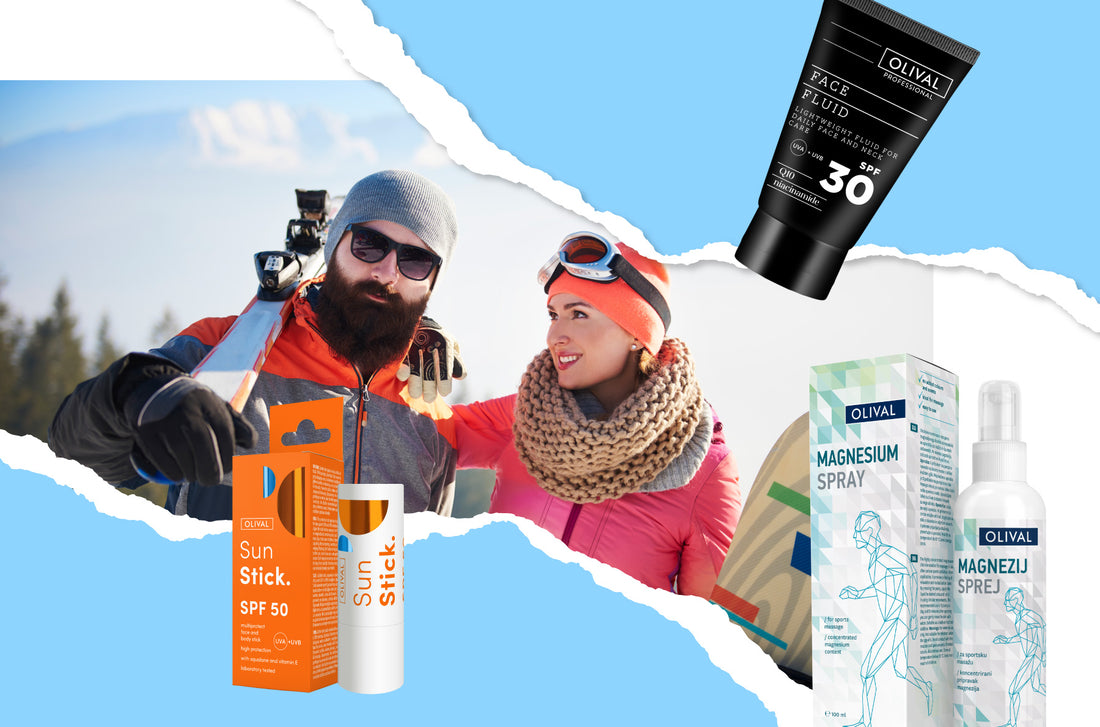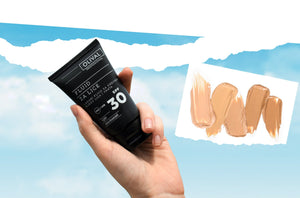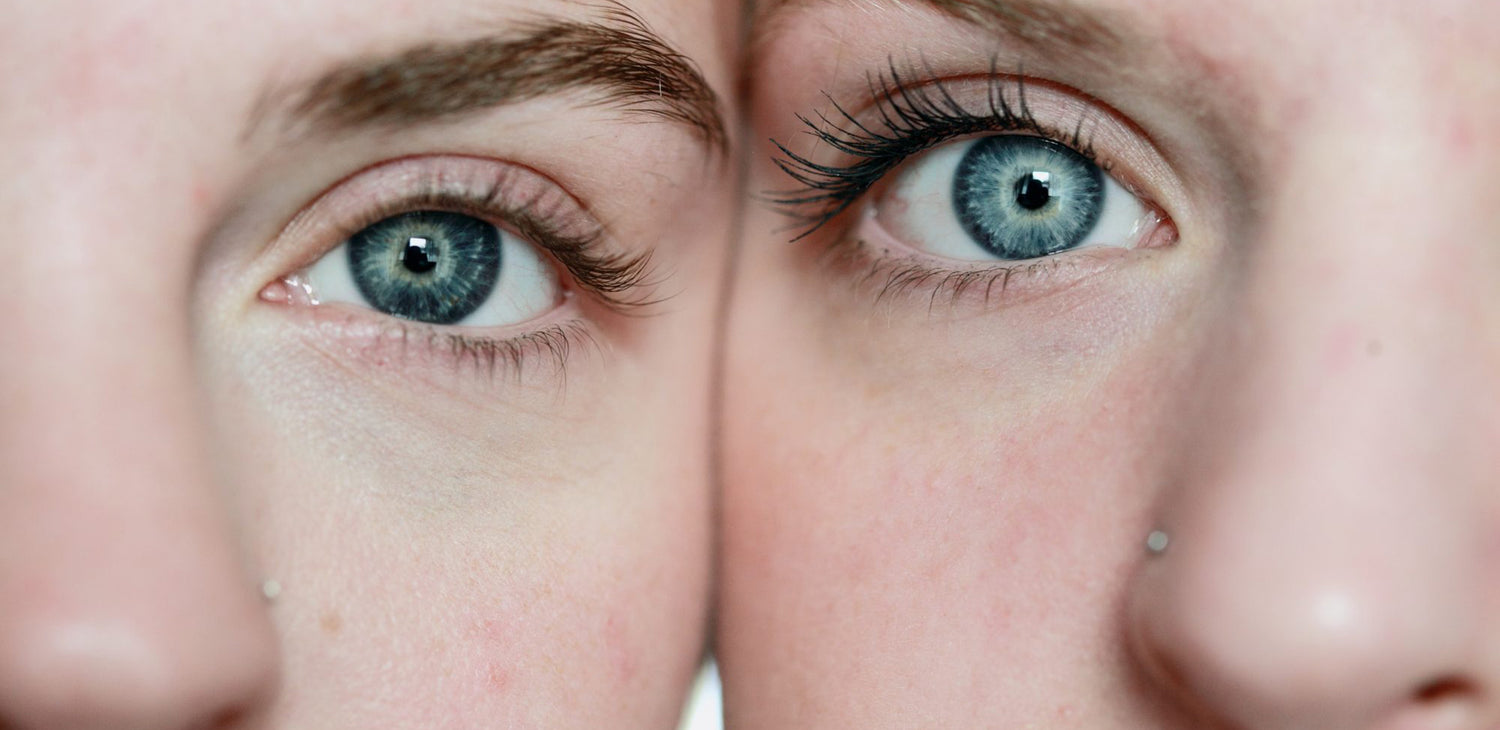Sunburns, dry and irritated skin are not phenomena reserved only for the summer season. They can also accompany you during skiing adventures, and fresh snow can unfortunately increase them. But before you leave everything to chance, relax because you can protect your skin with quality cosmetics.
High index of UV radiation
The sun shines all year round, so if you're planning to go outside for more than 20 minutes, make SPF a mandatory part of your gear. Staying in the snow is definitely one of those outings, and it is an occasion for which the skin, compared to the usual daily needs, must be even more protected with an adequate protective factor.
WHO data supports the fact that even on gloomy days, more than 80% of harmful UV rays can penetrate the skin. Water, sand and you guessed it - snow - raise this danger to an even higher level. The strength of the radiation also increases with the height difference. Due to the increase in height, the atmospheric envelope that can absorb solar radiation is smaller, and fresh snow with its whiteness provides an extremely strong reflection. With every 1000 meters, the WHO points out, UV radiation levels increase by approximately 10% , and depending on the location, this percentage can be three times higher.

Because of such reflection it is important protective cream spread well over the entire surface of the face. Particular attention should be paid to protruding parts such as the nose and ears (unless you wear a hat all day). Since the nose is very often wiped, touched, touched with protective glasses, protect it with a product that will create a slightly stronger, denser protective layer on the surface of the skin . It is such a product Sun Stick , a multipurpose stick with a protection factor of 50 that reliably protects in the most difficult conditions, even while you sweat or wipe, and at the same time protects against drying out. Of course, don't forget a scarf, gloves, cap, ski goggles.
Strong wind and cold
In the mountains, especially in more open spaces, the wind often "guests". In combination with low temperatures, it quickly "beats" the skin and leaves it frozen and red. It's about temporary redness that only needs to be slightly soothed , and you can do this by choosing a product for gentle double cleansing (especially from a cream with a protective factor) and a moisturizing serum and cream that you will apply after a hard day of skiing. Microemulsion and Amino Gel and Hyaluron Hydrator 4H with cream according to skin type.

Dry air
In addition to the wind, dry mountain air certainly does not suit the skin. After returning from skiing, in almost 100% of cases, the skin is dehydrated, dried out, somewhat lifeless and lacks luster, which is why it is sometimes necessary to change the entire care routine. You will prevent such a scenario timely introduction of a more nutritious product such as the light yet rich oil complex Omega Elixir , while you will restore the shine with the good old Vitamin Serum C+ . In addition to your face, protect your hands as well. Protect them with Hydrating Hand Cream with Olive , and in the evening treat yourself to rich care with Concentrate for Hands and Nails with Dalmatian lavender.

Pain and sports injuries (skin)
In addition to nature, winter sports themselves can be somewhat cruel to the skin. Cuts, bruises, chapped and irritated skin are not uncommon in both adults and children. There are, of course, muscle inflammations. In addition to the first aid kit - bandages, plasters, gauze and other equipment, take with you a universal cream for the skin of the whole body. Choose the one that will suit the whole family in both quantity and composition, such as Marigold Cream . Given that you will be conquering snow trails, don't forget to replace the intake of magnesium too ! It will help you in this, through the skin Magnesium Spray , while soothing the muscles after increased physical activity.




